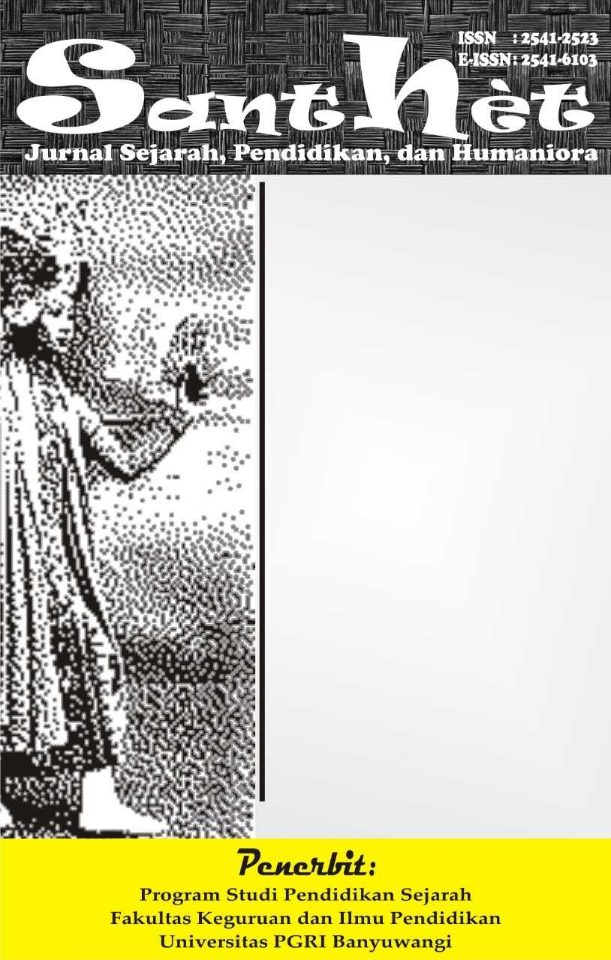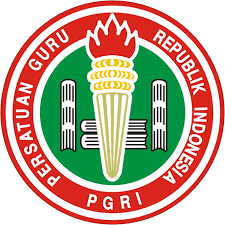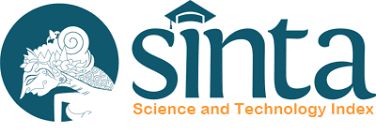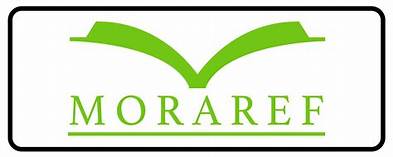THE INFLUENCE OF WORK-LIFE BALANCE ON EMPLOYEE WELL-BEING MEDIATED BY JOB STRESS
Pengaruh Work-Life Balance terhadap Employee Well-Being melalui Stres Kerja pada PT.Bank Nagari
DOI:
https://doi.org/10.36526/santhet.v9i1.4982Keywords:
Work-Life Balance, Employee Well-Being, Job StressAbstract
This study examines the influence of work-life balance on employee well-being, with job stress as a mediating variable, focusing on employees of PT Bank Nagari Main Branch. The research uses the Job Demand-Resources Theory to explore these relationships, employing a quantitative approach with 60 respondents selected through proportionate stratified random sampling. Data was analyzed using SmartPLS 4.1.0.2. The results of this study show that: (1) work-life balance positively but insignificantly affects employee well-being, (2) work-life balance has a significant negative effect on job stress, (3) job stress negatively but insignificantly impacts employee well-being, (4) mediation analysis reveals that job stress does not significantly mediate the relationship between work-life balance and employee well-being.
References
Alzadjali, B., & Ahmad, S. Z. (2024). The impacts of a high commitment work system on well-being: the mediating role of organization support and employee work-life balance. Industrial and Commercial Training, 56(1), 53–77. https://doi.org/10.1108/ICT-11-2022-0084
Bakker, A. B., & Demerouti, E. (2014). Job Demands–Resources Theory. In Wellbeing (pp. 1–28). Wiley. https://doi.org/10.1002/9781118539415.wbwell019
Bakker, A. B., & Demerouti, E. (2017). Job demands–resources theory: Taking stock and looking forward. Journal of occupational health psychology, 22(3), 273.
Bakker, A. B., & Demerouti, E. (2022). Multiple levels in job demands-resources theory: Implications for employee well-being and performance. Handbook of well-being, 255.
Bhende, P., Mekoth, N., Ingalhalli, V., & Reddy, Y. V. (2020). Quality of Work Life and Work–Life Balance. Journal of Human Values, 26(3), 256–265. https://doi.org/10.1177/0971685820939380
Chong, S., Huang, Y., & Chang, C. H. D. (2020). Supporting interdependent telework employees: A moderated-mediation model linking daily COVID-19 task setbacks to next-day work withdrawal. Journal of Applied Psychology, 105(12), 1408.
Febrian, W. D., & Sani, I. (2023). Analysis of Work Environment, Attitude, Coaching, and Servant Leadership on Job Satisfaction Mediated by Career Development (Literature Review Study). Indonesian Journal of Business Analytics, 3(4), 1089–1104. https://doi.org/10.55927/ijba.v3i4.5031
Grant, A. M., Christianson, M. K., & Price, R. H. (2007). Happiness, health, or relationships? Managerial practices and employee well-being tradeoffs. Academy of management perspectives, 21(3), 51-63.
Greenhaus, J. H., & Allen, T. D. (2011). Work–family balance: A review and extension of the literature.
Guest, D. E. (2018). Human resource management and employee well-being: towards a new analytic framework. In Human Resource Management Journal (Vol. 27, Issue 1, pp. 22–38). Blackwell Publishing Ltd. https://doi.org/10.1111/1748-8583.12139
Haar, J. M., Russo, M., Suñe, A., & Ollier-Malaterre, A. (2014). Outcomes of work–life balance on job satisfaction, life satisfaction and mental health: A study across seven cultures. Journal of vocational behavior, 85(3), 361-373.
Haar, J., Harris, C., & Myers, B. (2024). The effects of work-life balance on the well-being of older workers: same-same or same-different? International Journal of Manpower, 45(3), 484–499. https://doi.org/10.1108/IJM-04-2022-0181
Haar, J., Harris, C., & Myers, B. (2024). The effects of work-life balance on the well-being of older workers: same-same or same-different?. International Journal of Manpower, 45(3), 484-499.
Jessica, N., Afifah, N., Daud, I., & Pebrianti, W. (2023). The effect of work environment and work-life balance on job satisfaction: work stress as a mediator. Journal of Economics, Management and Trade, 29(1), 54-65.
Konieczny, G., Kolisnichenko, P., Górska, M., & Górski, T. (2023). The role of well-being in sustainable corporate development of companies. Economics, Finance and Management Review, (3), 59-67. Diener, E., & Fujita F. (1995). Resources, personal strivings, and subjective well-being: A nomothetic and idiographic approach. Journal of Personality and Social Psychology, 68(5), 926–935.
Lockwood, N. R. (2003). Work/life balance. Challenges and Solutions, SHRM Research, USA, 2(10), 2073-2079.
Lunau, T., Bambra, C., Eikemo, T. A., van der Wel, K. A., & Dragano, N. (2015). A balancing act? Work-life balance, health, and well-being in European welfare states. European Journal of Public Health, 24(3), 422–427. https://doi.org/10.1093/eurpub/cku010
Mannocci, A., Marchini, L., Scognamiglio, A., Sinopoli, A., De Sio, S., Sernia, S., & La Torre, G. (2018). Are bank employees stressed? Job perception and positivity in the banking sector: An italian observational study. International Journal of Environmental Research and Public Health, 15(4). https://doi.org/10.3390/ijerph15040707
Pandey, D. L. (2020). Work stress and employee performance: an assessment of impact of work stress. International Research Journal of Human Resource and Social Sciences, 7(05), 124-135.
Pike, S. (2016). Destination marketing: an international perspective, M. Kozak, N. Kozak (Eds.)| Destination marketing: an international perspective, M. Kozak, N. Kozak (Eds.). Routledge Advances in Tourism. Abingdon, Oxon (2016). 192 pp.,(Hbk.),£ 85 ISBN: 9781138855892.
Rani, D., & Thyagarajan, V. (2017). Influence of workplace stress on well-being of nursing staff. IJASRD, 4(7), 50-58.
Robertson, I., & Cooper, C. L. (2020). Well-being: Productivity and happiness at work. Palgrave Macmillan.
Ross, D. S., & Vasantha, S. (2014). A conceptual study on impact of stress on work-life balance. Sai Om Journal of Commerce & Management, 1(2), 61-65.
Rothmann, I., & Cooper, C. (2008). Organizational and Work Psychology . London: Hodder Education.
Sonnentag, S., & Frese, M. (2003). Stress in organizations.
Sonnentag, S., & Frese, M. (2018). Stress in organizations. In J. Barling, C. M. Barnes, E. K. W. Kelloway, & M. R. Frone (Eds.), The Oxford Handbook of Organizational Psychology (Vol. 1, pp. 453–488). Oxford University Press.
Stankevičienė, A., Tamaševičius, V., Diskienė, D., Grakauskas, Ž., & Rudinskaja, L. (2021). The mediating effect of work-life balance on the relationship between work culture and employee well-being. Journal of Business Economics and Management, 22(4), 988–1007. https://doi.org/10.3846/jbem.2021.14729
Vandiya, V., & Etikariena, A. (2018). Stres kerja dan keterikatan kerja pada karyawan swasta: Peran mediasi kesejahteraan di tempat kerja. Jurnal Psikogenesis, 6(1), 19-34.
Vandiya, V., & Etikariena, A. (2018). Stres kerja dan keterikatan kerja pada karyawan swasta: Peran mediasi kesejahteraan di tempat kerja. Jurnal Psikogenesis, 6(1), 19-34.
Wolor, C. W., Kurnianti, D., Zahra, S. F., & Martono, S. (2020). The importance of work-life balance on employee performance millennial generation in Indonesia. Journal of Critical Reviews, 7(9), 1103–1108. https://doi.org/10.31838/jcr.07.09.203
Yu, J., Park, J., & Hyun, S. S. (2021). Impacts of the COVID-19 pandemic on employees’ work stress, well-being, mental health, organizational citizenship behavior, and employee-customer identification. Journal of Hospitality Marketing and Management, 30(5), 529–548. https://doi.org/10.1080/19368623.2021.1867283





























